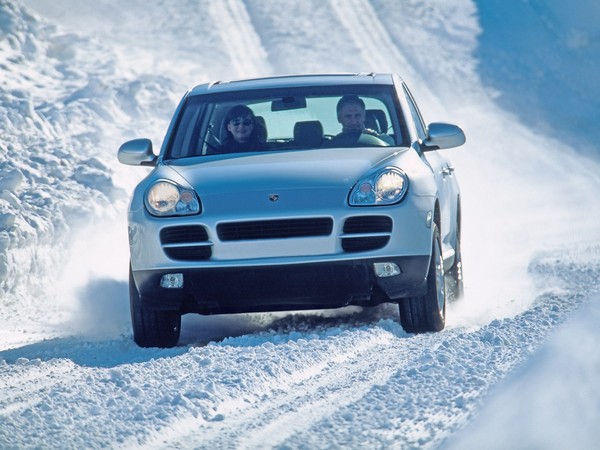Driving in the snow differs greatly from driving on a road in normal weather conditions – you don’t have to deal with situations like skidding on black ice or losing control of your steering due to driving through too much snow. If someone who lacks experience driving in snow becomes involved in a situation that is about to turn into an accident, they may find themselves doing something called target fixation. Target fixation occurs when someone focuses on the bad thing about to happen and despairs over it rather than attempting to resolve the situation or mitigate the damage. It’s basically turning into a deer in the headlights rather than trying to problem solve.
Don’t Freeze Up
Many an accident has resulted from a person freezing up rather than acting thoughtfully. Luckily, with a bit of training and guidance it’s possible to overcome this target fixation and become a better driver. Here are some tips on how to drive in the snow in order to prevent accidents or react properly to situations that could lead to accidents.
Get Ready For Winter
During the winter season, you should always make sure you have the proper equipment for your car. Snow tires are always an excellent idea. If you live in a place where there’s a lot of snow, or if you know you will need to do some driving through mountainous regions with heavy snowfall, make sure you have snow tires or chains.
Lay Off the Peddle
One really easy way to get into an accident is to driver faster than is appropriate for the weather conditions. The speed limit might be 65 miles per hour, but if it’s snowing, you need to slow down because the roads become slippery and no matter how decked out your car is with the latest snow gear, once you start skidding they may not help you. Driving too fast in bad weather conditions is also an excellent way to get yourself a ticket.
Going Around Corners
You should especially make sure to slow down when making turns. Before you start to make the turn, apply your brakes smoothly. Going around the corner at full speed may work when the road is dry, but when there’s snow on the ground it’s really easy to lose control.
Give Some Space
Try to stay as far away from others cars as possible if it’s snowing hard or the road is particularly slushy. Instead of keeping one or two car lengths between you and the car in front of you, for every ten miles per hour keep four car lengths between you. That means if you’re traveling at thirty miles per hour there should be a distance of twelve cars between you and the car ahead. You may find this annoying, but if you go into a skid you’ll be happy that you kept such a big distance since it will give you more time to slow down. If possible, position your car so that there are no cars on either side of you.
This article was written by Thomas Mullens from the website CompleteCar.ca.

